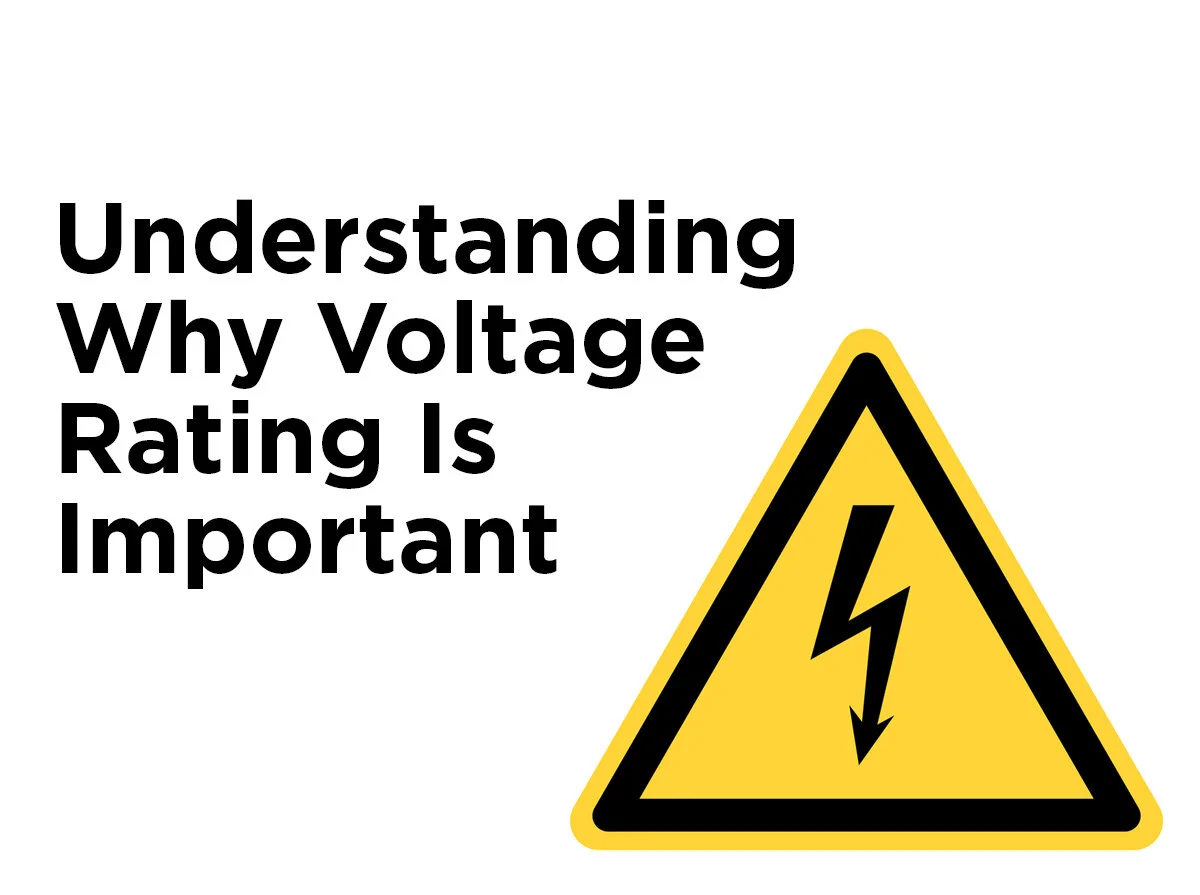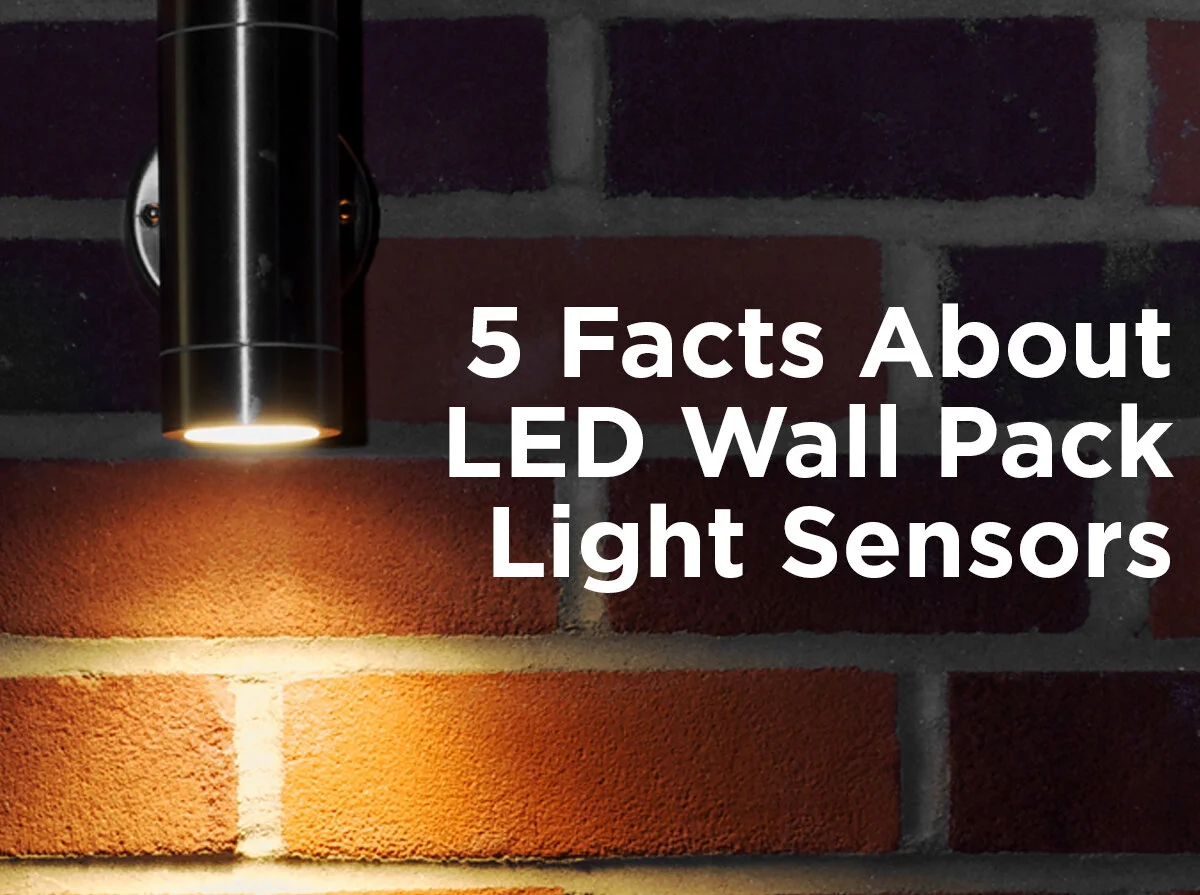Understanding Why Voltage Rating Is Important
Understanding voltage rating and how it affects electronic devices can be a matter of life and death; for your cell phone that is! With no worldwide standardized voltage, the risk of frying your smart phone or lighting is not out of the question.
What’s the Voltage Difference Between US and Europe?
AFCI/GFCI Outlets protect against shock and electrical fires. Learn more.
We’ve had this question on the blog before. Although the power transporting and carrying capabilities for the US and Europe are similar, keep in mind the differences between what input voltage electronic devices require. The delivery of voltage to residential receptacles (wall outlets) is the main difference between the two. In US homes, the standard voltage is rated at 120 volts, while a majority of European countries are rated at 240 volts. Interestingly enough, both US and most Europeans residential applications receive a distribution of 240 volts of power, but the way it’s configured differs. The main reason why US homes receive 120 volts to wall outlets of power is due to safety precautions. It’s not to take away from European voltage preferences; it’s just higher voltages draw more current which can be fatal if touched.
In the US, the 240 volts is split between two 120 volt conductors (one for each prong on the outlet). US appliances such as air conditioners, dryers, furnaces, or even electric cars to name a few operate more effectively on higher voltages. So logically wouldn’t you be able to use a 240 volt rated device in Europe? The short answer is no, because the US 240 Volts is two-phase while most of Europe is single-phase. This means the US 240 volts transmits in the form of two 120 volt wires while European transmits 240 volts through one wire.
What Happens if you Use the Wrong Voltage?
Your device may not work at all or may not work at optimal levels. There is also the possibility of a short-circuit. For example, a 208-240 volt electric car charger can be used on a 120 volt circuit, but it would charge dreadfully slow. In order to get an effective charge, the charger would require a higher voltage rating circuit. The same receptacle used to power washers and dryers is typically rated at 240 volts and would be the best option to charge the vehicle in reasonable time.
If your device is rated for specific voltages then you would need an adapter. Keep in mind; older devices are typically rated specified voltages rather than multi-voltages. Adapters do not change the voltage, if your device requires a different voltage than what a wall receptacle provides, a transformer is required to either “step-up” or “step-down” the voltage to translate the proper input for your device.
The same concept is true for lighting applications such as wall packs, photo sensors, or track lighting. The volts a lighting fixture needs usually correlates with the output of the fixture. Not providing the proper voltage input to lighting controls like a photo sensor, can leave you with a premature failure or burn out the sensor resulting in the possibility of future electrical shorts. 12 Volt rated track fixtures require a transformer in order to “step-down” the voltage. We tackled a more in depth explanation of this in our article about line voltage and low voltage.
Today in the “digital-age” most devices are manufactured with the ability to operate on a range of 100-240 volts, which covers most of the voltages that are currently in use around the world. Even though manufacturers are designing their products to accept multi-voltages, it is still best practice to check the label or manual of your devices. Verify the required voltage in order to maintain a functioning product and not end up with a paper weight for a smart phone. Do you have first-hand experience with professionally frying electronic devices? Do you prefer one voltage over the other? Feel free to let us know your thoughts and ideas in the comment section below. As always, for more enlightening jokes and articles on the wonders of lighting check back on our blog or keep in touch with us on our Facebook, Twitter, LinkedIn, or Pinterest.









